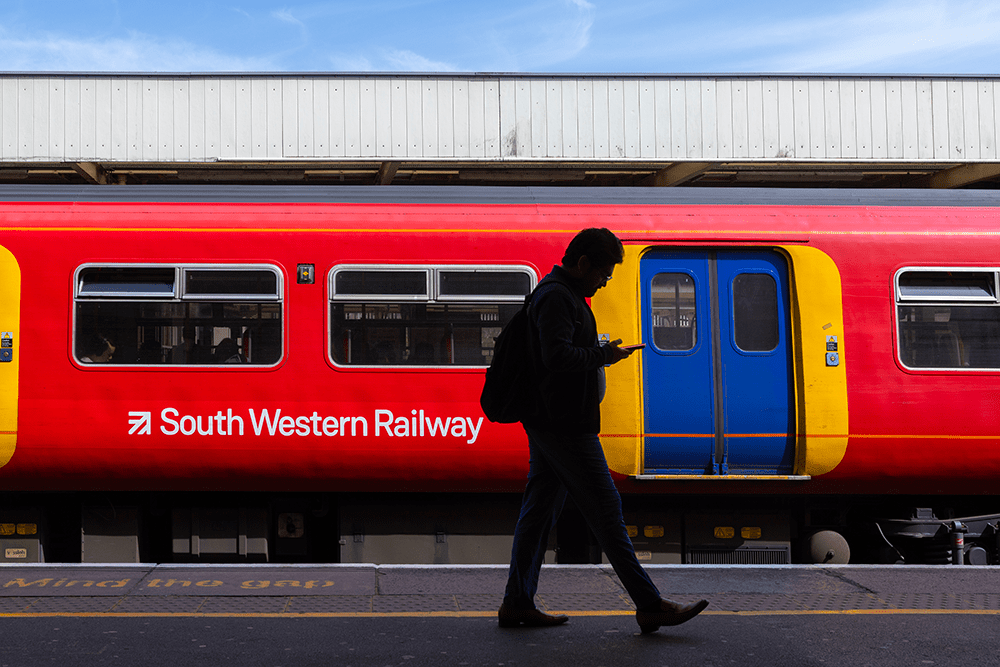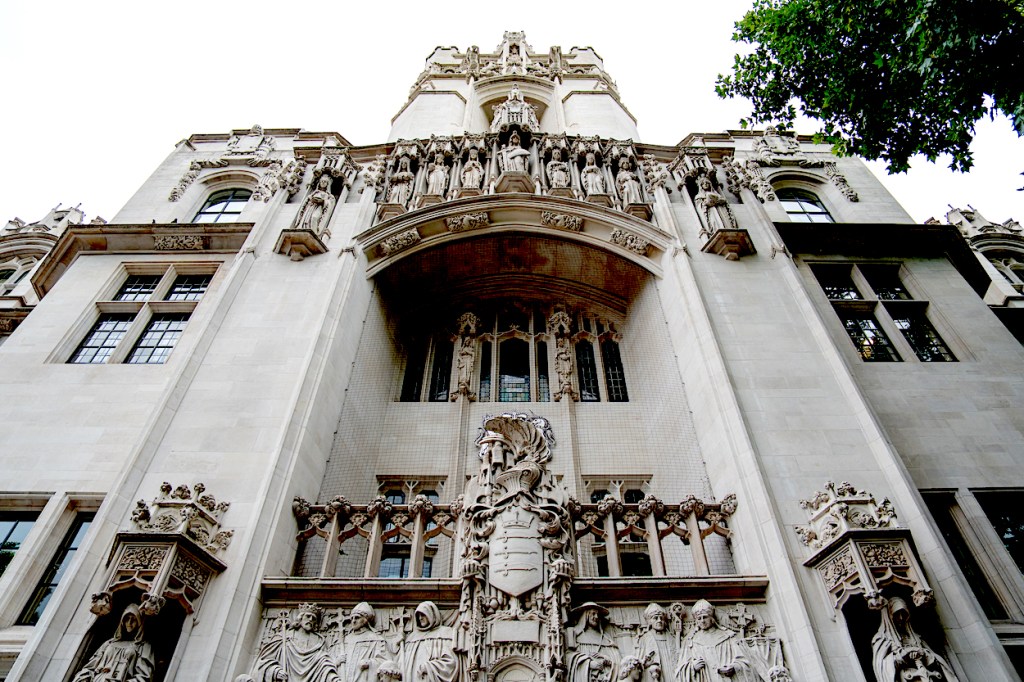
By spooky coincidence, on Saturday night I watched an old episode of Slow Horses in which a passenger died mysteriously on a replacement bus between High Wycombe and Oxford Parkway – and on Sunday I woke to reports that the first service of the new era of rail renationalisation, the 5.36 from Woking to Waterloo, had also featured a replacement bus. Nobody died, but it wasn’t a good omen.
Nor was it quite the ‘turning point for the future of our railways’ that Transport Secretary Heidi Alexander declared. South Western Railway’s return to state hands this week was in fact the fifth major passenger franchise to go that way – four having already failed under the previous government. Nine more will transition as their contracts expire between now and 2028, by which time Labour’s Great British Railways (GBR) will have seized control of the whole contraption, including tracks and stations.
So this is a work in progress – which in theory should lead to economies of scale, co-ordinated timetables and simpler ticketing. In practice, it’s also likely to be hobbled by incompatible IT, endless track and signal troubles, and workforce intransigence. But in fairness, all this reflects the fact that the Major government’s 1996 blueprint for privatisation, which broke British Rail into 70 companies, was a Treasury-driven dog’s breakfast that enriched undeserving players, bankrupted worthy ones and left commuters deeply disgruntled.
On the other hand, GBR is also a nakedly leftist move to return to state ownership the only privatised industry in which (as its time-limited franchises expire) the transfer can happen without confiscation or compensation. Behind it are unions whose resurgence was marked by a 15 per cent unconditional pay rise for train drivers shortly after Labour came to power.
Tories blamed for rail chaos in the first place won’t rush to reprivatise; nor is that likely to feature in Reform’s manifesto. So the GBR replacement service is leaving the station and by the end of the decade we’ll have some sense of whether it can deliver better travel at lower taxpayer cost. As a reversion to the Attlee government’s monolithic 1948 blueprint, I hope it doesn’t leave travellers stranded like the cast of another, much older screen mystery, The Ghost Train.
Save Grand Central
I also hope unions and ministers won’t conspire to abolish the passenger-friendly ‘open access’ system which has hitherto allowed freelance operators such as Hull Trains, Grand Central from Sunderland and Lumo from Newcastle, under licence from the regulator, to compete against franchisees – bringing welcome choice and entrepreneurial eagerness to please.
Well-spun reports say ministers fear that a rash of open-access bids from former franchisees could have the effect of siphoning revenue from GBR and increasing the need for taxpayer subsidy. A forthcoming Railways Bill, on which consultation recently closed, is likely to include a sneaky clause in which the power to grant open-access licences would pass to GBR itself, with the regulator acting only as a court of appeal. I think we can see where that’s going. I write as a satisfied weekly Grand Central customer on the East Coast mainline: my campaign to save the service starts here.
Self-defeat devices
Justice is slow but it usually gets there in the end. A German court has convicted four former Volkswagen executives on charges of fraud in the ‘Dieselgate’ scandal, in which the automotive giant was discovered a decade ago to have fitted ‘defeat devices’ in its cars to produce understated results in emissions tests. The trial took four years, and even before that VW had incurred €30 billion in fines and settlements for the greatest embarrassment in its history, mitigated only by allegations that numerous other major European and Japanese carmakers had been up to very similar tricks.
The motivation behind these frauds was to enable manufacturers to keep producing diesel vehicles on existing platforms for as long as possible. The impact of being caught red-handed was to hasten a face-saving pivot towards electric vehicles, which in its first flush looked welcome news for the planet and the eco-minded motorist. But it has gradually turned into a disaster for the industry.
A multiplicity of new models were rushed out before battery technology and charging networks had advanced to solve range problems. Electric car prices were high, depreciation was precipitous, non-urban drivers weren’t interested – and some pointed out that their carbon footprint was possibly heavier than that of new-generation ‘clean diesel’ competitors.
VW’s own electric conversion, to quote Top Gear magazine, ‘has very much had its ups and downs, and the downs have been painful and self-inflicted’; but hope is now pinned on the launch in 2027 of the €20,000 ID1 as a mass-market successor to the Golf and the Beetle. It all amounts to a cautionary tale of a great company brought low by a self-defeating conspiracy of cheaters.
Nanny-state dashboard
To Oxford – on an overcrowded, slow-running GWR train – for lunch at the Ashmolean Rooftop restaurant, with its breezy panoramic vista. I can’t fault the food, the service or the ambience, but I’m disconcerted by the menu, which not only tells me ‘breastfeeding welcome’ and ‘adults need around 2,000 calories a day’ but provides a QR code link to a carbon-footprint counter for every dish. My gnocchi scores a relatively virtuous 387kcal and 0.7kg of CO2, but my companion’s sea bream weighs in shamefully at 532kcal and 3kg. And what’s missing from this nanny-state dashboard is a live tracker of food price inflation, which has risen for four months in a row to hit 2.8 per cent. Let dons looking out over dreaming spires worry about carbon in their cream tea; the rest of us have more earthly concerns these days.








Comments